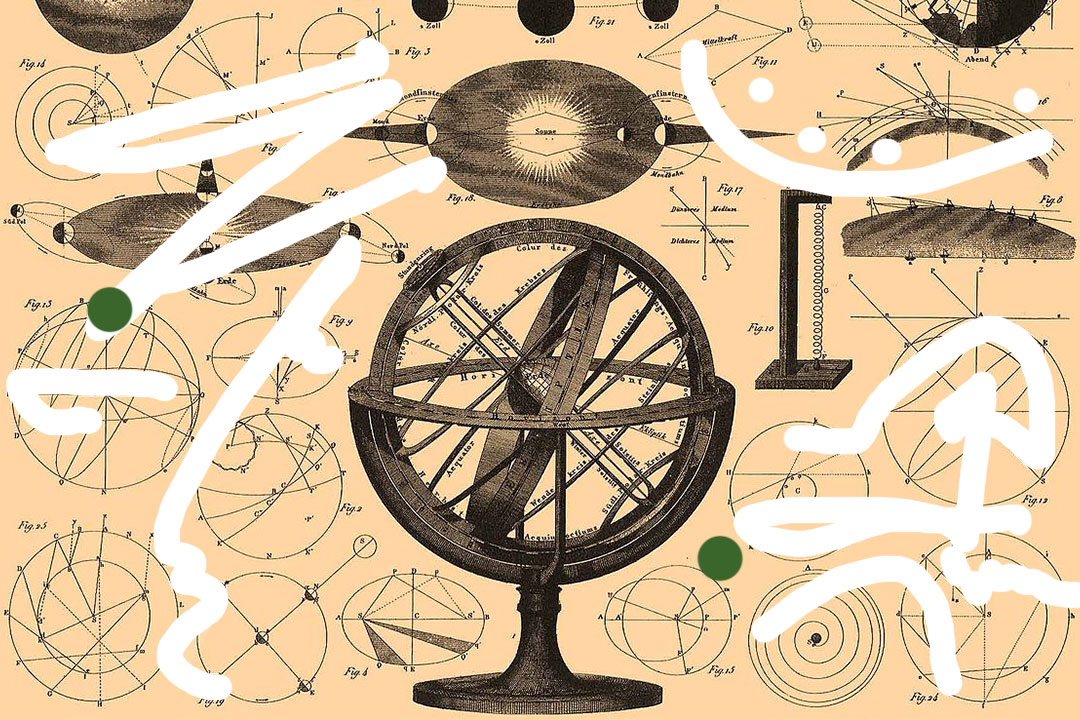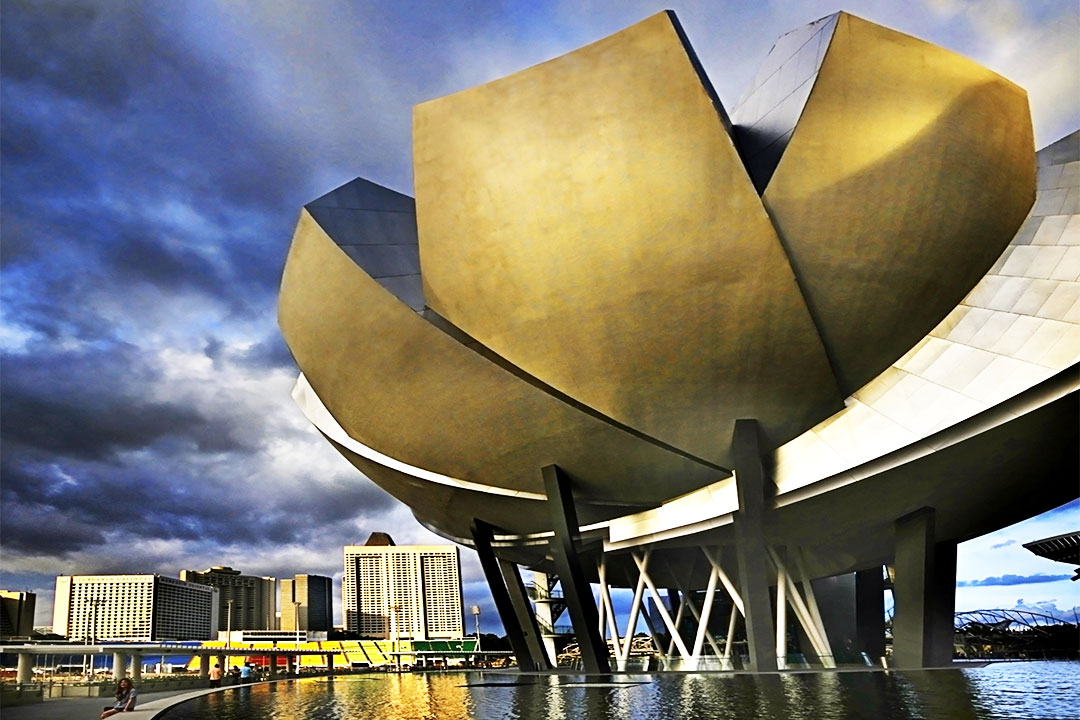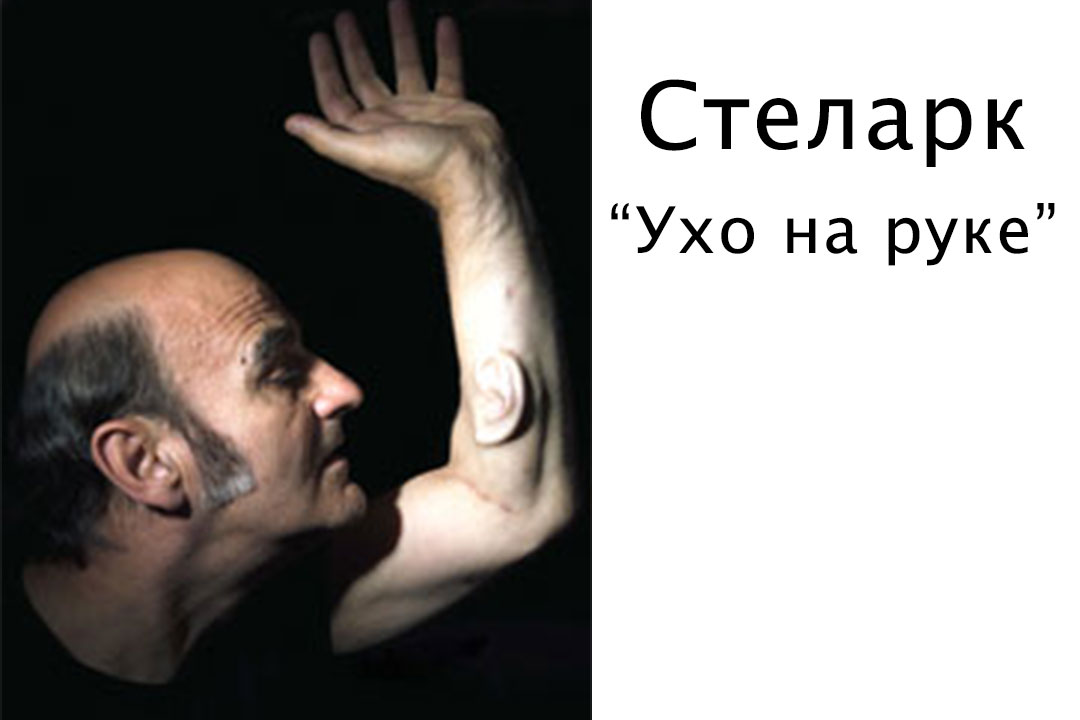Art and science are often opposed – if you are an artist, a creative person, then you are supposed to be very far from science, because you create and live in your imagination, rely on something irrational (emotions); in contrast, the scientist keeps his hand on the pulse of the logical apparatus, he, of course, can understand art, but it can be difficult to find a point for the intersection of these two areas. The modern world gives the answer – this is science-art, that is, scientific art. Scientists do not just create boring scientific theories; in fact, they create no less than artists or sculptors. Scientists are creators of a word, letter, symbol, idea, material object. So the artist – the creator is often the same characters. Logic, intuition, emotion – all this is combined in every person. This is life itself, it is too multifaceted to divide everything strictly into “scientific activity” and “artistic / creative activity”. Elements of both are found in many processes.


How is the past, present, and future described scientifically? And how does an artist see this? Is there any connection between these ideas? Obviously, both of these areas of human activity have existed since ancient times and develop in time, relying on each other. What was primary – scientific knowledge of a person or artistic / sensual? I think this question has the same answer as the question of the root cause of chicken and eggs.
Does science affect the artist? Of course! The great painters of the Middle Ages, thanks to the study of human anatomy, have greatly advanced in their technique and outlook on the world. How does art affect science? An artist can “see” something and make an object, which will later be described mathematically or put into practice. In this sense, any science fiction or paintings depicting black holes or unseen creatures can inspire a scientist to believe in the reality of this picture and find logical evidence for what he saw.
To prove that a scientist can be an artist and vice versa, one can easily cite my own example: I am a scientist, PhD … and I am an artist, writer. Where it would seem farther apart can biology / chemistry / mathematics be located from art? In fact, there is nothing in my opinion closer and friendlier than doing science and doing art or any other kind of creativity, because both there and there you need to greatly strain your brain, only in each case a little differently.
Interdisciplinarity is the trend of the current moment in all areas of knowledge. In science, we call it “synergetics” or “synergetic approach” (the theory of complex open nonlinear dissipative structures, the theory of chaos). Art has its own synergetics – it is a sense of art, which in fact is not just a new buzzword, but has already become a separate field of knowledge at the junction of scientific and artistic. I think that you can count down from postmodernism, with his research, on the basis of which art is made.
The artist is no longer just “easy-peasy”, “I paint what I see”, “I feel that way” etc., as it could be in modern art before, today there is a trend towards a high level of education and scientific knowledge along with the development of skill artistic representation. A scientist today may well draw a tokamak (a device for generating cheap energy of importance to humanity close to the Hadron Collider) not in the sense of its technical construction plan, but in the sense of some idea or creative idea that will be understood not only by a narrow-minded professional, but also by an ordinary person . After all, art is for everyone, this is its value and joy.
Of course, artists could have had a good education and an extremely high skill before, but until today we have not seen the massive involvement of objects typical of science in art. Of course, there were pictures of butterflies and the like. But it was precisely the mass availability for artistic purposes of objects from the world of traditional science (electron microscopes, biomaterials, microorganisms, robots, supercomputers, artificial intelligence – more precisely, its predecessors) that gave impetus to the development of science-art.
How is the past, present, and future described scientifically? And how does an artist see this? Is there any connection between these ideas? Obviously, both of these areas of human activity have existed since ancient times and develop in time, relying on each other. What was primary – scientific knowledge of a person or artistic / sensual? I think this question has the same answer as the question about the root cause of chicken and eggs.
It is important to distinguish between scientific illustrations and science art. If you see a picture illustrating a scientific object or a portrait of Einstein, then this is not related to scientific art, unless these works have any innovations or special characteristics, for example:
- the use of objects from science to create a work of art,
- high level of scientific qualification of the author of a work of art,
- communication of ideas from the author to the viewer through his art,
- innovation and originality in the use of objects.
An example of a famous science-art work:
Stelark’s “Ear on the Hand” is a professor of art and robotics, set up scientific experiments on implanting prostheses, using biotechnology and the Internet to study additional functions of the human body. Once he implanted a third “bio-ear” under his skin, which transmitted all the sounds to an electronic device, these sounds could be heard openly via the Internet. Doesn’t resemble anything? This is one of the first notable performances in the science art genre.

One of my favorite installations at the recent Biennale of Contemporary Art, the robot cleaner in a transparent cube, is a great example of sci-art.
Which other works at the junction of science and art have you met? Perhaps something from a movie about Transformers or from science fiction books?